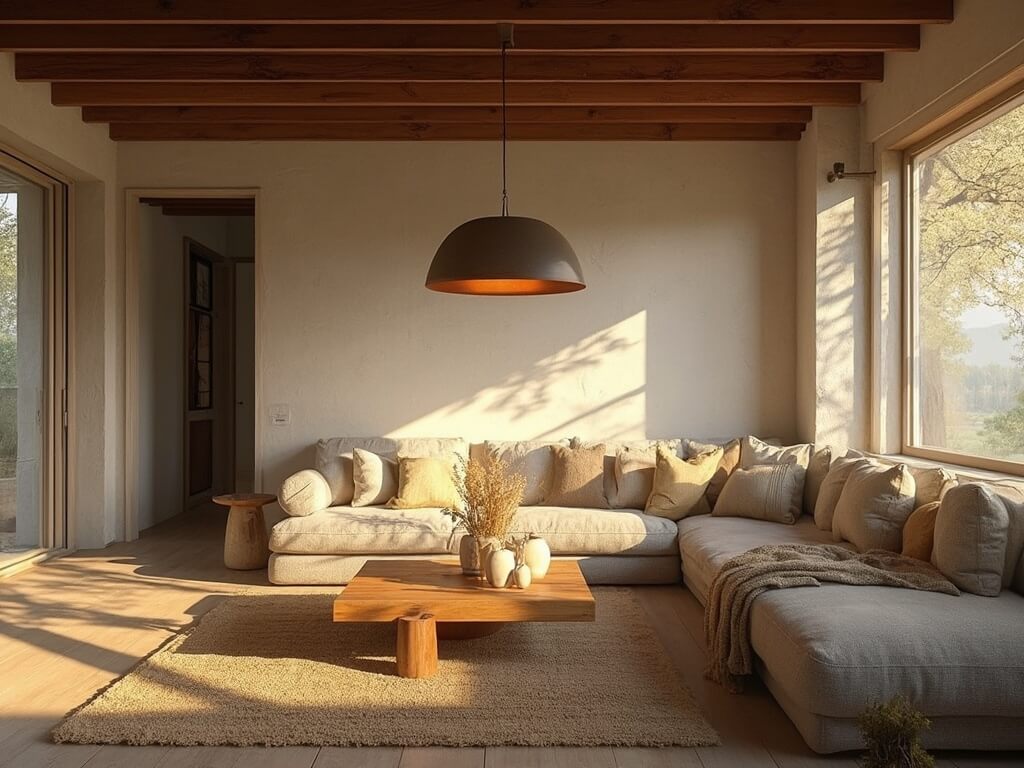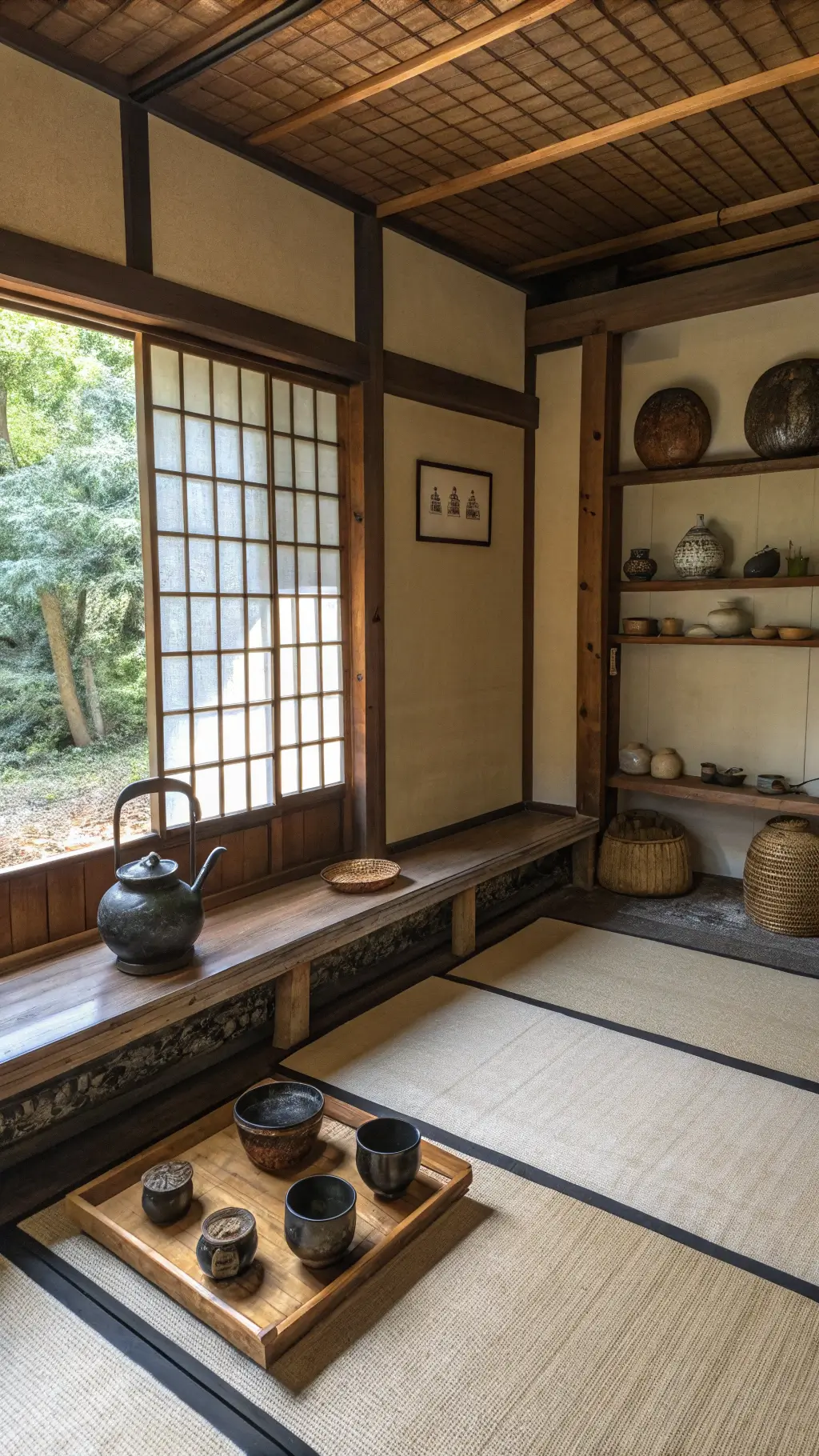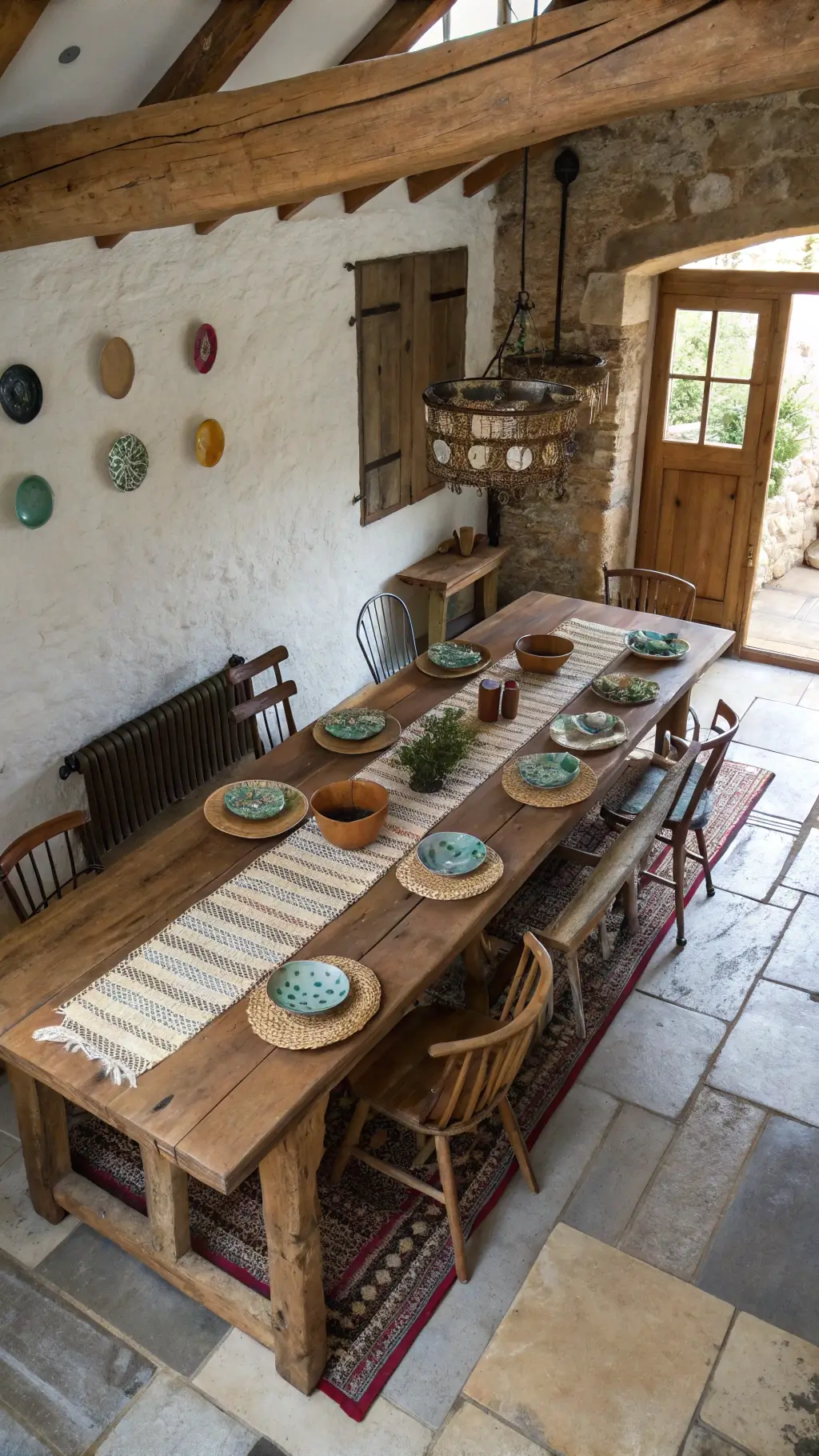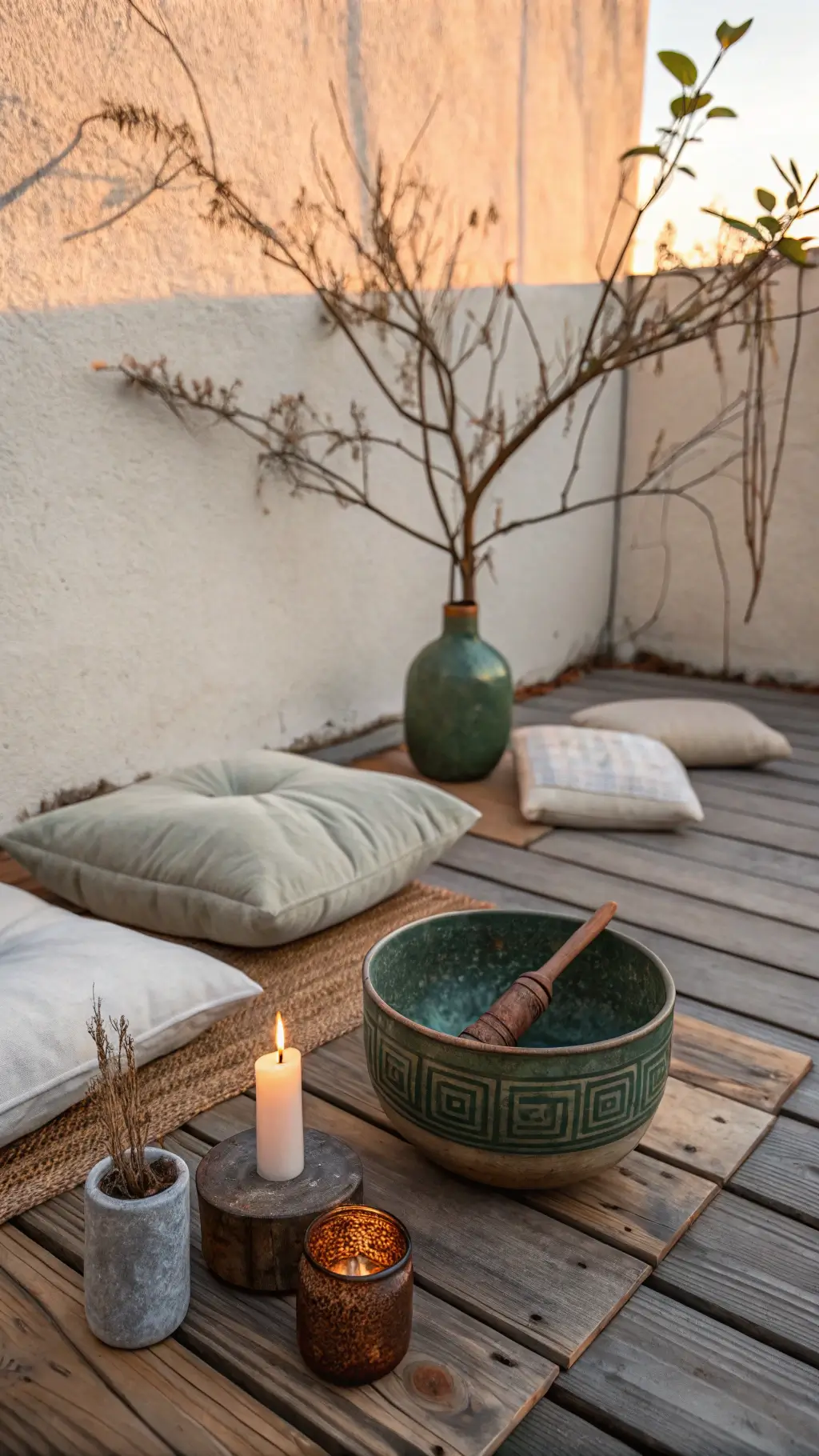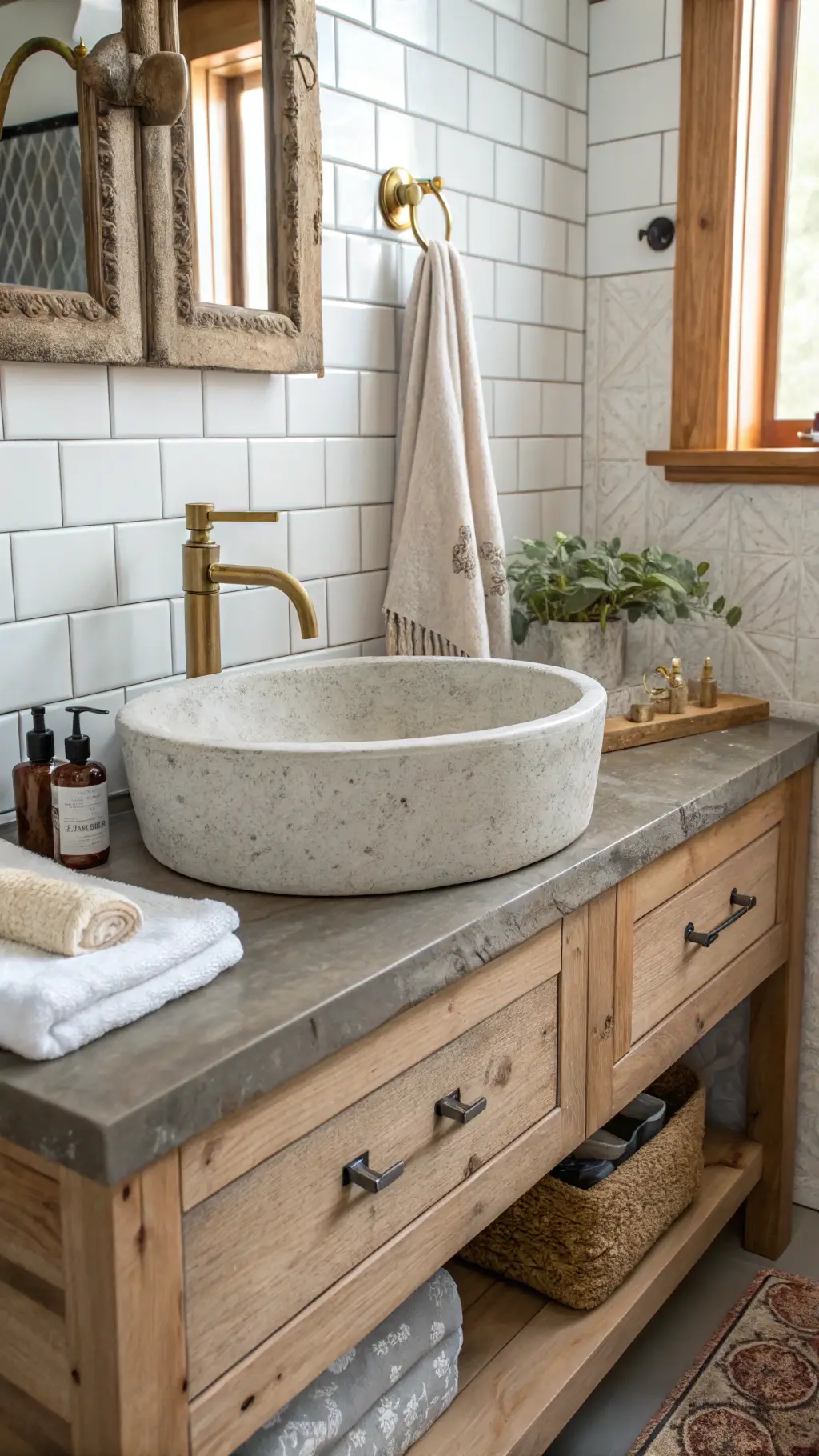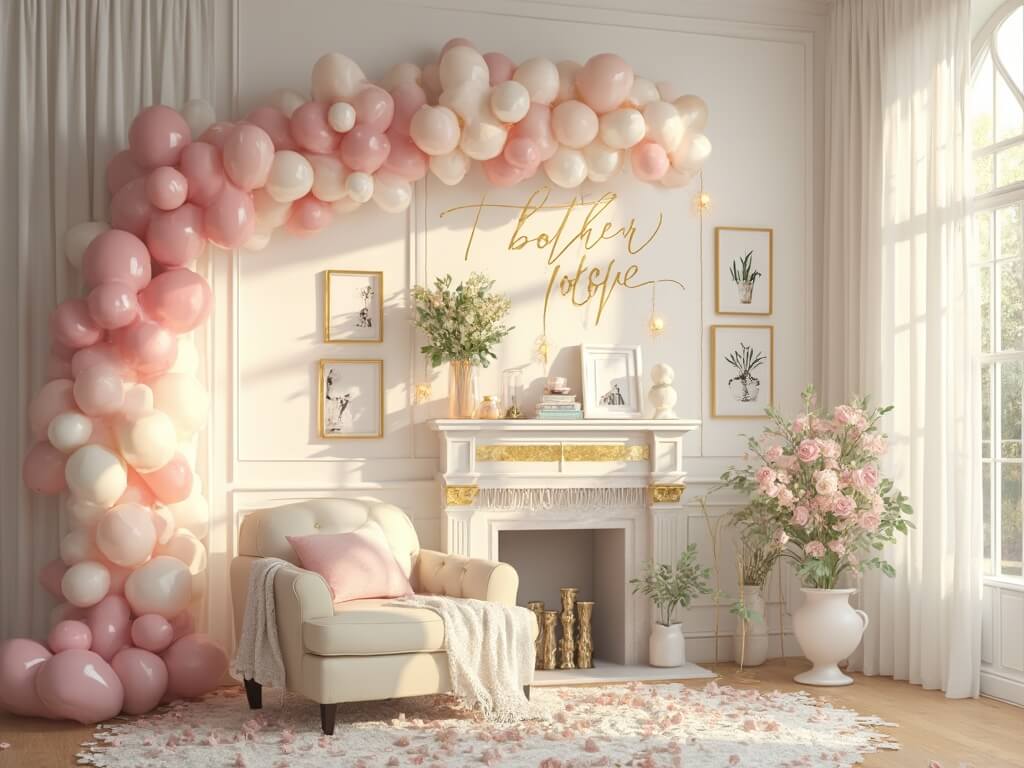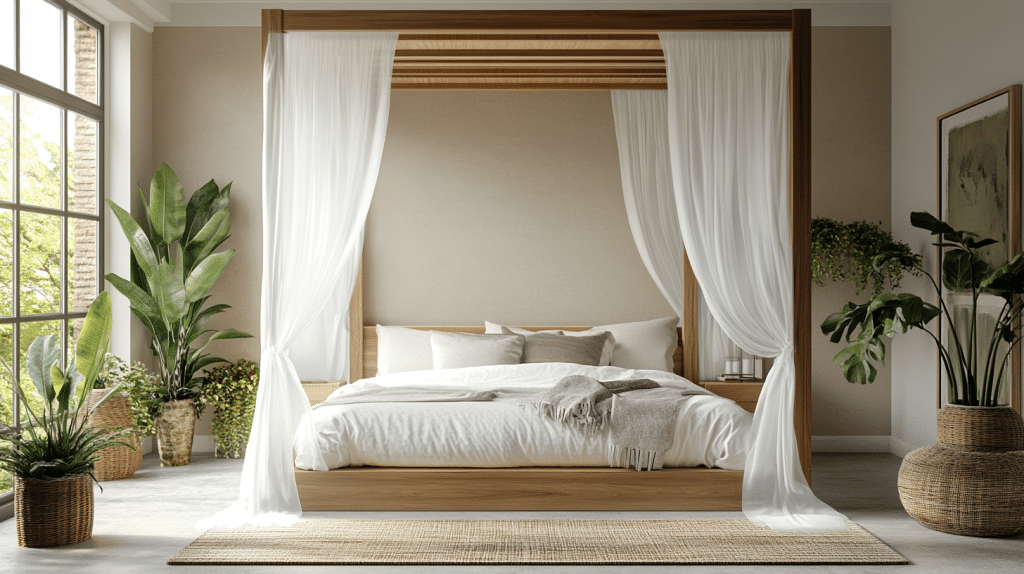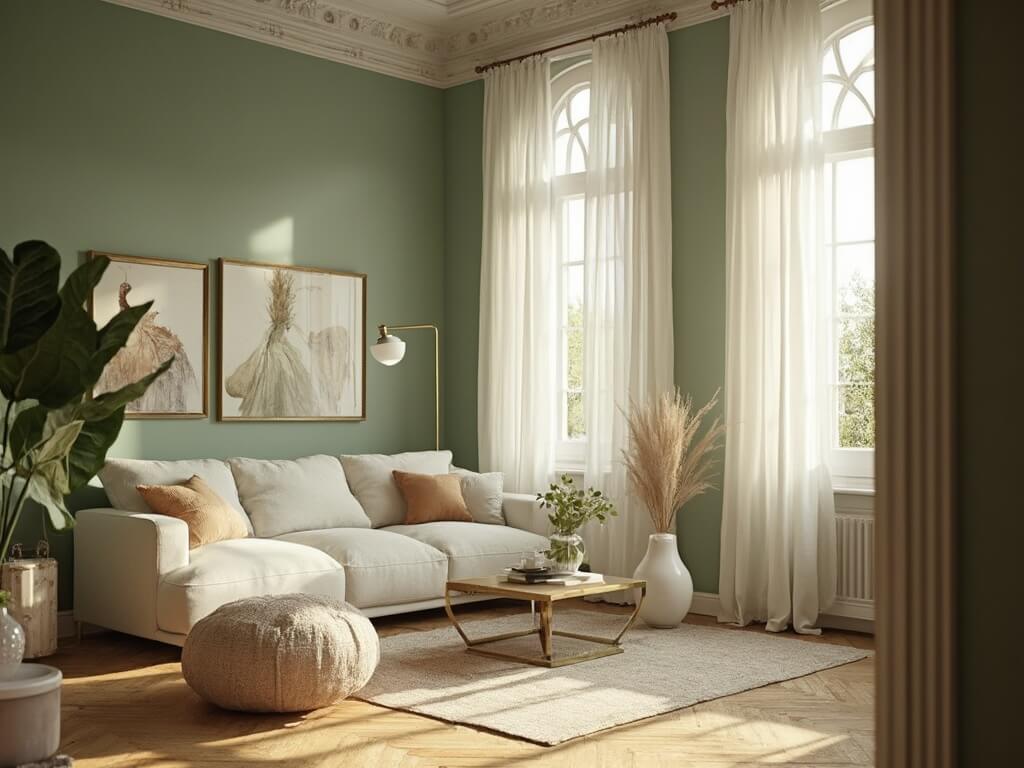Wabi-Sabi Home Decor: Embracing Imperfection and Natural Beauty
Imagine walking into a home that whispers calm, where every object tells a story of authenticity and quiet beauty. That’s the magic of wabi-sabi home decor – a design philosophy that transforms spaces into sanctuaries of peace and mindful living.

What is Wabi-Sabi? More Than Just a Design Trend
Wabi-sabi isn’t just a decorating style. It’s a profound Japanese philosophy that celebrates:
- Imperfection as beauty
- Simplicity over complexity
- Natural aging and transformation
- Authenticity in every object
Creating Your Wabi-Sabi Haven: A Practical Guide
Essential Elements of Wabi-Sabi Decor
Key Materials and Textures:
- Natural woods with visible grain
- Handcrafted ceramics
- Linen and raw textiles
- Stone and clay elements
- Weathered metals
Color Palette:
- Soft earth tones
- Muted neutrals
- Gentle grays
- Warm beiges
Curating Your Space: Practical Steps
Furniture Selection:
- Choose pieces with:
- Natural imperfections
- Handmade qualities
- Simple, functional designs
- Visible signs of craftsmanship
Accessorizing Mindfully:
- One statement piece per area
- Handmade ceramics with visible cracks
- Vintage books
- Natural elements like driftwood or stones
- Minimal wall art with organic forms
Pro Styling Tips
Texture Layering Techniques:
- Mix rough and smooth surfaces
- Create visual depth through subtle contrasts
- Use natural materials with different patinas
- Allow breathing room between objects
Decluttering Philosophy:
- Every item must have purpose
- Prioritize meaning over quantity
- Embrace negative space
- Remove anything that doesn’t spark joy or tell a story
Budget-Friendly Wabi-Sabi Transformation
Low-Cost Implementation Ideas:
- Repurpose existing furniture
- Shop secondhand markets
- Learn basic pottery or textile crafting
- Collect natural objects during walks
- Rotate seasonal decor elements
Common Mistakes to Avoid
Wabi-Sabi No-Nos:
- Over-styling
- Using too many synthetic materials
- Forcing perfection
- Cluttering spaces
- Ignoring natural wear and tear
Maintenance and Evolution
Wabi-sabi is a living design approach. Your space should:
- Reflect current life stages
- Embrace natural aging
- Allow gentle transformations
- Stay connected to nature’s rhythms
Final Thoughts: More Than Decoration
Wabi-sabi isn’t about creating a perfect home. It’s about creating a meaningful space that reflects your authentic self – beautifully imperfect, constantly evolving, and deeply connected to the world around you.
Pro Tip: Start small. Choose one area. Let your space breathe and tell its unique story.
Quick Reference Checklist
- [ ] Natural materials
- [ ] Minimal accessories
- [ ] Meaningful objects
- [ ] Soft color palette
- [ ] Embrace imperfections
Wabi-sabi home decor isn’t just a style – it’s a gentle rebellion against mass-produced perfection, inviting you to find beauty in life’s beautiful, broken moments.

